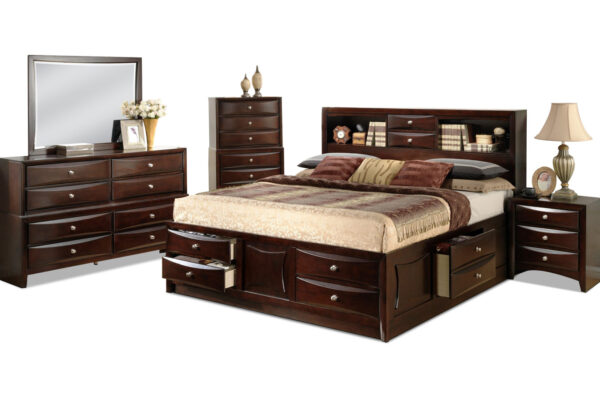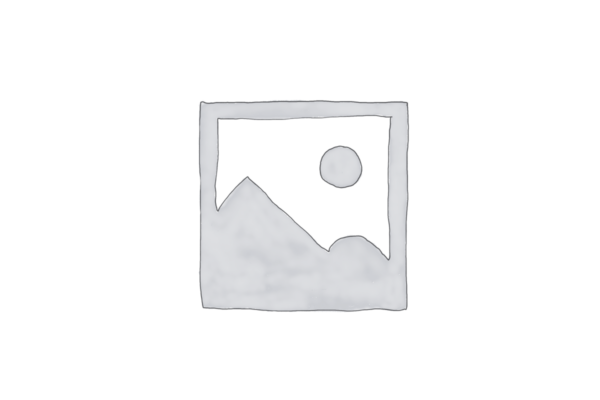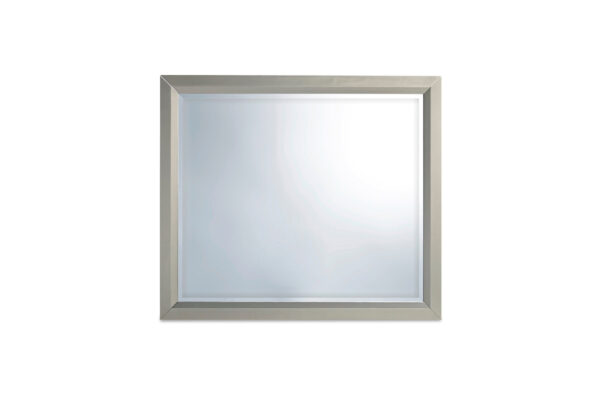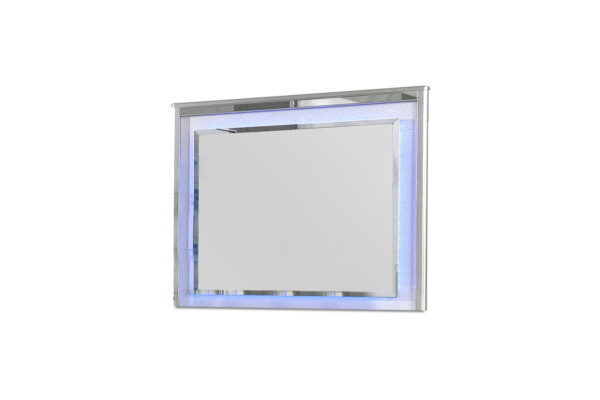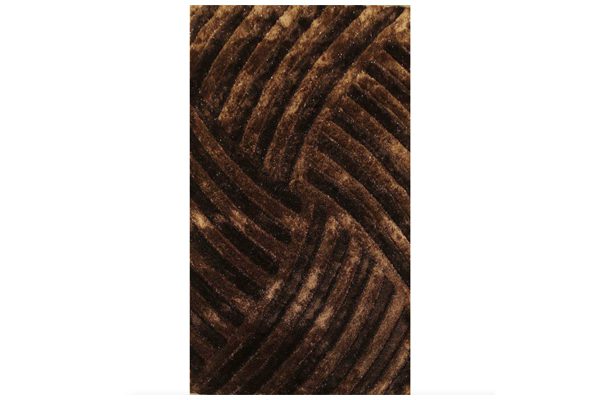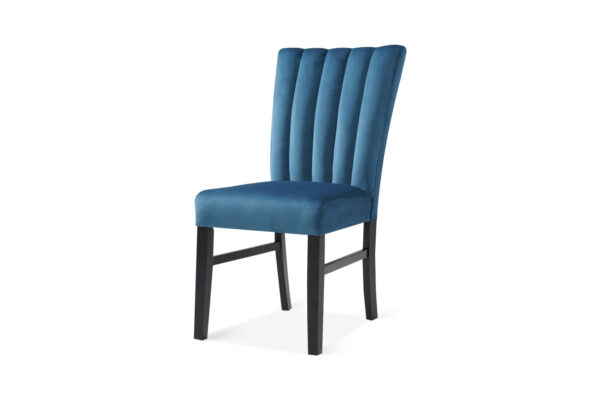How to Create a Multifunctional Home Office Guest Room Setup
Designing a multifunctional space that serves both as a guest bedroom and a home office requires a thoughtful balance between comfort and functionality. You have to create a space that ensures your guest area feels welcoming while simultaneously providing a productive work environment. Your goal is to avoid a typical bedroom feel while still making sure the guest area is inviting and cozy. Likewise, the home office should be well-equipped without overcrowding the room with utility pieces that detract from the overall ambiance. To successfully execute this multifunctional home office guest room setup, consider these tips on choosing furniture, layouts, themes, and more.
Opt for Space-Saving, Multifunctional Furniture
When designing a multi-purpose room, selecting the right furniture is crucial to avoid a cluttered feel. Multifunctional furniture can be a game-changer as it serves multiple needs while maximizing available space. It reduces the need for various furniture items, which saves valuable space in combination rooms, where every square foot counts. Here are some smart, space-saving furniture ideas for your home office guest room arrangement.
Modular Furniture: Explore modular pieces with detachable components that allow for easy reconfiguration. For instance, foldable desks can be tucked away when guests arrive, easily converting the office into a welcoming guest space.
Multifunctional Workstations: Consider workstations that incorporate a desk surface, storage, and shelving all in one piece. This smart design reduces the need for additional storage furniture to keep office supplies. It also keeps your work essentials nearby and accessible.
Sleeper Sofas: A sleeper sofa is an excellent choice for a combination home office guest room. It provides comfortable seating during the workweek and can be transformed into a cozy twin-size bed for guests. This design choice saves precious space and maintains a conducive workspace environment.
Storage Ottomans: Integrate versatile ottomans that serve multiple functions, from extra seating to discreet storage for office supplies or additional bedding. These lightweight pieces can also double as footrests, providing comfort during long hours of work.
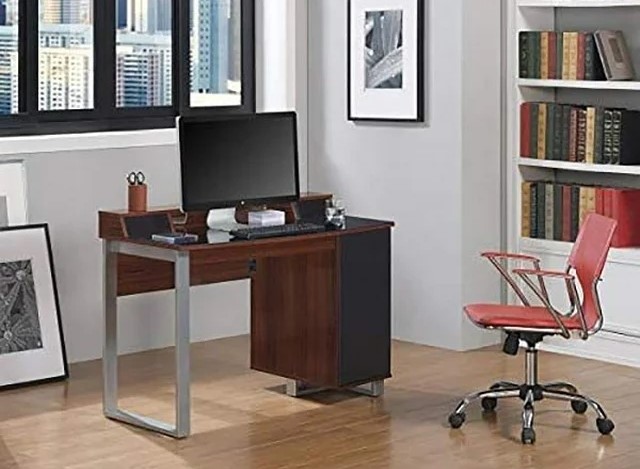
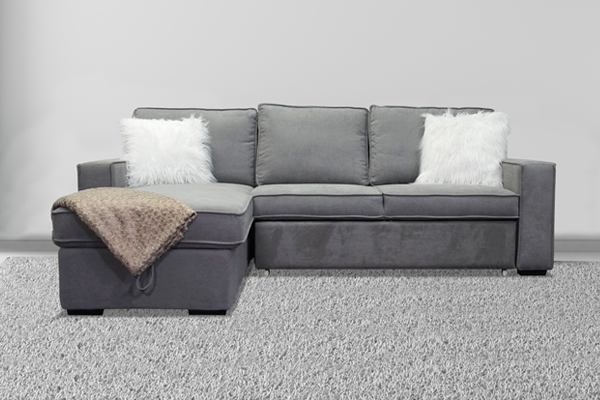


Maximize Storage with Built-Ins & Hidden Compartments
Storage is a cornerstone of any multifunctional room. With dual-purpose setups like a home office guest room, additional storage solutions become critical for organization and accessibility. A well-organized and clutter-free room ensures that your workspace remains professional while your guest area feels like a cozy retreat.
For the office, establish a designated area for essential items like paperwork, electronics, cables, and stationery. This way, your guests won’t feel like they’re stepping into an office or tripping over items. If you’re considering a storage-integrated desk, you won’t need to add too many extra pieces.
Similarly, for the guest area, incorporate concealed storage for linens, pillows, blankets, and toiletries. Typically, a stylish nightstand can work wonders. However, for a truly multifunctional home office guest room space, consider a chest of drawers. A contemporary chest features vertically stacked drawers of varying sizes, offering ample storage without occupying too much floor space. It’s perfect for neatly storing and organizing everything from office supplies to guest essentials.
Additionally, use a mix of visible and hidden storage for style and practicality. Drawers and cabinets are great for keeping office supplies and miscellaneous items out of sight. Whereas, open shelves and baskets can serve as a decorative display while offering accessible storage for frequently used items.
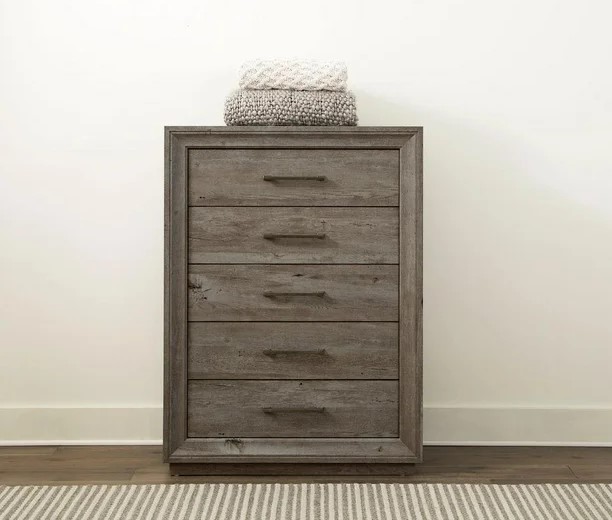

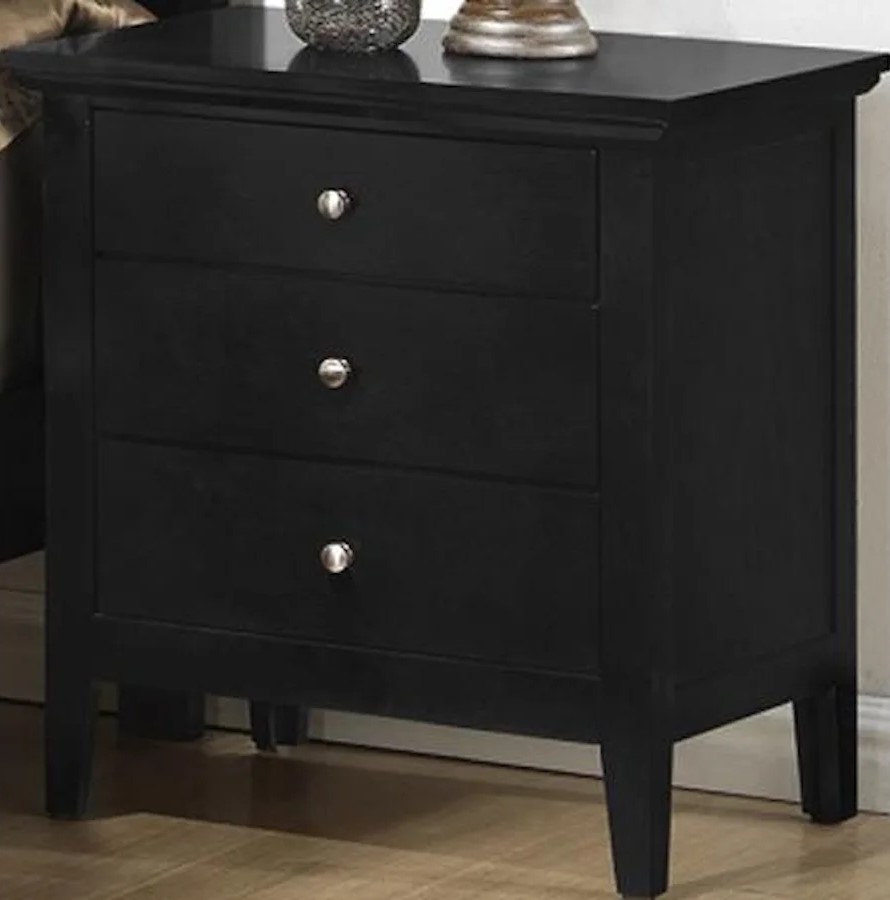
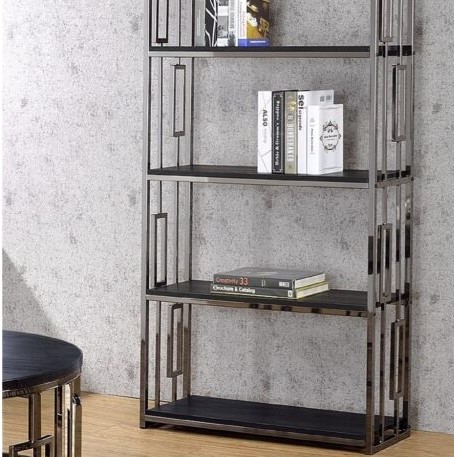
Define Work and Guest Zones Visually & Physically
Creating a multifunctional home office guest room space goes beyond simply combining a workspace and a sleeping area; it requires thoughtful design so that both functions coexist harmoniously. Here’s how to create clear boundaries within your room:
- Furniture Placement: Focus on the layout of your furniture. Determine which area will take precedence and design accordingly. Allow enough space for each function to breathe and avoid any overlap that might disrupt flow.
- Visual Anchoring: Use decor elements to visually define each zone. Area rugs, for example, are effective tools for establishing boundaries without consuming actual space. Place a rug under your desk and chair, and a larger rug under the bed to signify both zones.
- Room Dividers: If you’re looking for a physical separation, consider using bookshelves or open storage units as tasteful dividers. Unlike traditional room dividers or folding screens, which can block light and airflow, a tall open-back bookshelf allows light to flow through while still separating distinct areas.
- Decorative Touches: Use the bookshelf not only as a room divider but also as a storage and decorative element. It can organize office supplies and showcase decorative items for guests, enhancing both the workspace and the guest area.
Add Adaptable Lighting for Work and Relaxation Modes
Lighting plays a crucial role in defining the atmosphere of your multipurpose home office guest room. In a space that serves as both a home office and a guest room, you must consider the different needs for each function. By thoughtfully choosing your lighting, you can enjoy focused illumination during work hours while transforming the space into a warm retreat for your guests at night.
Opt for focused, bright lighting that enhances productivity in the office zone. Overhead fixtures are essential for general illumination, but also consider adding a desk lamp or a floor lamp. These targeted lighting options will allow you to direct light where it’s needed for tasks like reading, typing, or writing.
Conversely, for the guest area, create a warm and inviting environment using bedside lamps with softer, dimmer light. This type of lighting has a cozy glow, ideal for relaxation, reading, or other quiet activities. If you want to minimize the number of lamps in the home office guest room setup, consider investing in an adjustable-height lamp that can be used on both the floor and tabletops.
Furthermore, look for lamps with adaptable brightness and color temperature settings. This will let you smoothly transition between work mode and guest mode just by adjusting the light settings.
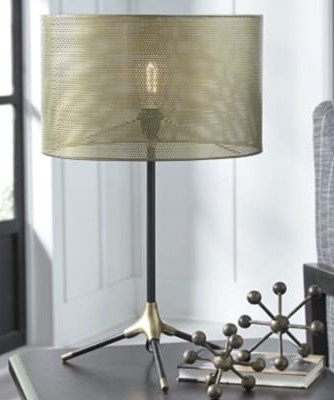

Create Harmony with a Consistent Color Scheme
While zoning is important in a home office guest room combo, achieving a cohesive look is equally vital. You want to avoid a room that appears as if office and bedroom furniture have been haphazardly combined. Instead, aim for a space that feels intentional and unified rather than creating a sense of division. Here’s how you can create cohesion by establishing a color scheme:
Choose Dominant Colors
Start with 60% of your color scheme comprising neutral and calming tones like soft beiges, grays, and whites. This neutral backdrop not only brings a feeling of tranquility but is also easier to incorporate through walls, flooring, and larger furniture items without adding visual chaos.
Incorporate Secondary Colors
Use vibrant but complementary tones to bring together distinct zones home office guest room. You can add this through key visual elements such as curtains, rugs, and storage options. These colors should align with your main color scheme to enhance the overall aesthetic without overwhelming the senses.
Add Accent Colors
For pops of personality, weave in contrasting accent colors in both zones, the workspace and guest area. This can be done through decor items like pillows, throws, artwork, and small decorative pieces. Just be mindful to choose accents that are subtle and not overly saturated to maintain a sense of harmony.




